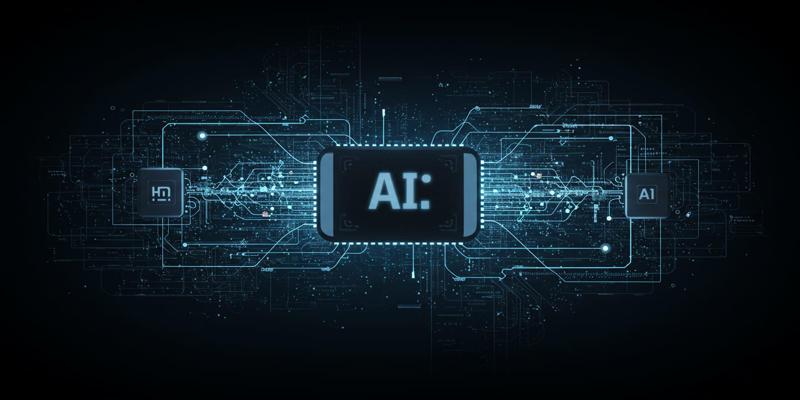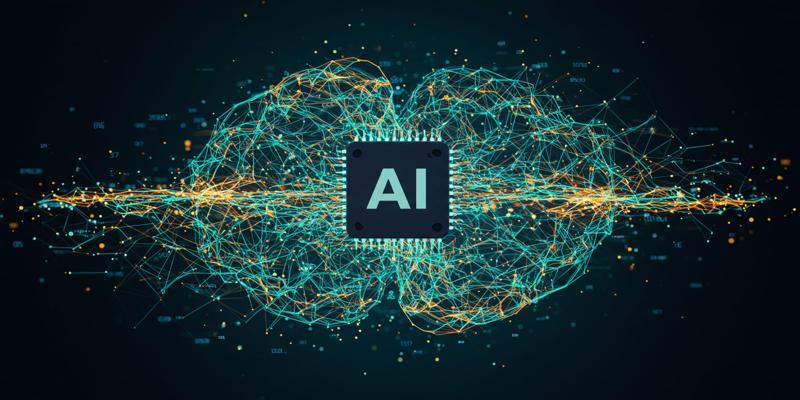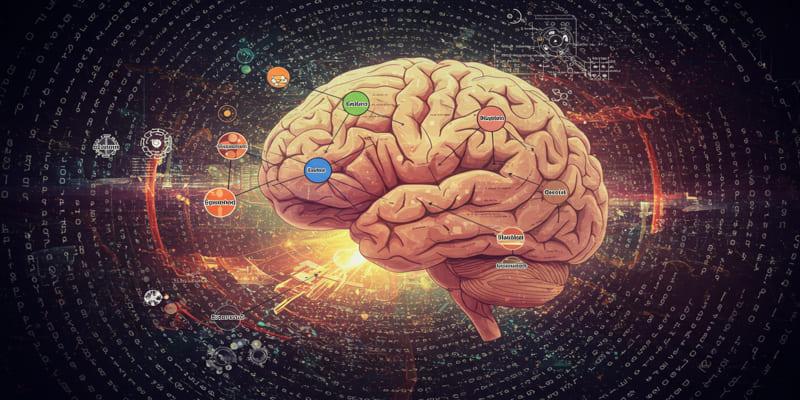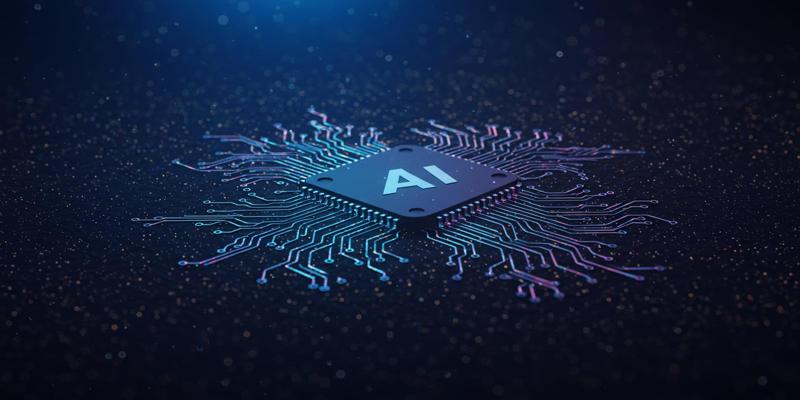The agentic AI denotes autonomous systems that can plan, reason, and act independently over multi-step tasks. However, unlike traditional automation, the assessment of agentic AI is complicated by the cognitive-like abilities of decision-making, retention of context, and dynamic use of tools.
By 2025, the problem of enterprises will not be only to measure accuracy in isolated tests, but also to determine the degree to which these AI agents work in a real working environment. Devoid of sound evaluation systems, organizations can end up implementing systems that do not meet critical business goals or perform erratically.
This article discusses some of the important evaluation dimensions, the metrics to use, architectural instrumentation, benchmarking approaches, and tools that are critical to ensuring agentic AI evaluations are correct.
 The typical traditional automation or AI assessment is often concerned with fairly basic metrics: Did the machine or system perform a task? What speed? How many errors were there?
The typical traditional automation or AI assessment is often concerned with fairly basic metrics: Did the machine or system perform a task? What speed? How many errors were there?
The evaluations of agentic AI are multi-dimensional in nature:
Black-box reasoning, tool vs. agent errors, and the requirement of complex human workflow-reflective evaluations are some of the challenges.
A robust evaluation framework assesses agentic AI on multiple axes:
Dimension | Key Metric(s) | Description |
|---|---|---|
Effectiveness | Task Success Rate | % of tasks fully completed according to predefined goals |
Efficiency | Average Task Duration | Time taken compared to manual or traditional benchmarks |
Autonomy | Decision Turn Count | Number of agent actions without human intervention |
Accuracy | Correct Tool/API Selection Rate | Precision of action/tool choices per step |
Robustness | Recovery Rate | % of failures recovered via retries, fallbacks, or clarifications |
Cost | LLM Cost per Task | Tokens consumed × model cost, reflecting operational efficiency |
Hallucination Rate | Frequency of incorrect facts or made-up info in outputs | Crucial for trust, especially in summarization or generation |
Context Utilization Score | A measure of how well the agent leverages historical context | Reflects memory and information retention capabilities |
Latency | Response Time Per Agent Loop | Measures system responsiveness |
These metrics collectively capture not just if an agent completes tasks, but how it does so—measuring quality, efficiency, and resilience.
Adequate assessment requires that the agent platform be instrumented in detail:
OpenTelemetry, Prometheus, Grafana, Datadog, or custom dashboards are observability tools that can be used to monitor and analyze in real-time or retrospectively as part of continuous improvement loops.
 The agentic AI benchmarks are not just like regular NLP or vision benchmarks. Top strategies are:
The agentic AI benchmarks are not just like regular NLP or vision benchmarks. Top strategies are:
A comprehensive benchmarking package combines quantitative measures with qualitative evaluation to get the entire picture.
The selection of tools ought to be based on the agent architecture, privacy expectations of the data, and purpose-specific objectives.
In the future, agentic AI assessment will change as:
Such developments will make agentic AI systems efficient, credible, and in line with the changing enterprise demands.
The evaluation of agentic AI goes beyond the usual automation measures, requiring multidimensional, subtle measures of reasoning quality, autonomy, robustness, and cost-effectiveness. Through proper instrumentation of agents, the use of advanced benchmarks, and attention to business-relevant KPIs, organizations will be able to implement an AI system with confidence and completely change workflows and results.

Explore how Advanced Topic Modeling with LLMs transforms SEO keyword research and content strategy for better search rankings and user engagement.

How to evaluate Agentic AI systems with modern metrics, frameworks, and best practices to ensure effectiveness, autonomy, and real-world impact in 2025.

AIOps redefines IT operations by leveraging AI to reduce costs, enhance efficiency, and drive strategic business value in a digital-first world.

Selector is a versatile platform for anomaly detection and network security, using advanced AI for precise threat identification and prevention.

How IT monitoring platforms enhance system reliability, enable faster issue resolution, and promote data-driven decisions.

How AI-powered automation is transforming network operations, delivering efficiency, scalability, and reliability with minimal human intervention.

How AI enhances forecasting accuracy while addressing limitations like rare events and data quality through human-AI collaboration.

Find out how to stop X from using your posts to train its AI models.

Explore how ChatGPT’s AI conversation feature works, its benefits, and how it impacts user interactions.

How data mining empowers businesses with insights for smarter decisions, improved efficiency, and a competitive edge.

Google’s Gemini Live now works on most Android phones, offering hands-free AI voice assistance, translations, and app control

Google’s Gemini 2.0 boosts AI speed, personalization, and multi-modal input with seamless integration across Google apps